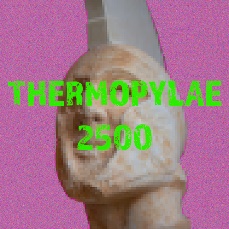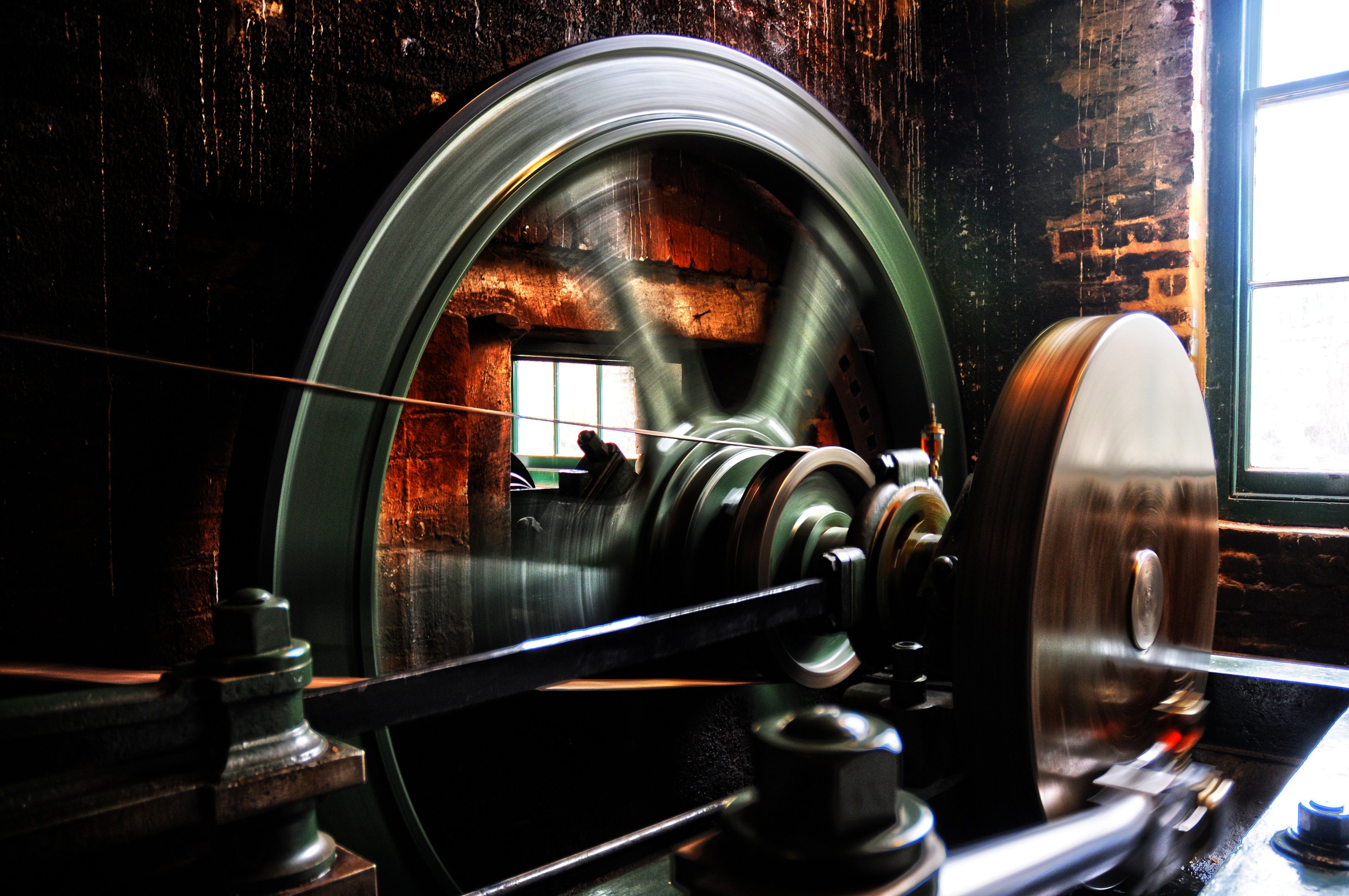By Dr James Lloyd-Jones, 23rd November 2020.
The last two weeks have been something of a Sparta bonanza, and I’m not just talking about Ted Cruz’s tweet of a photoshopped Gonzalez flag with a roast turkey above the words ‘come and take it’. Those words, spuriously attributed to King Leonidas of Sparta at the battle of Thermopylae in 480 BCE, have a long and troubled history.
This is just one of the many ways that the legacy of the battle of Thermopylae manifests today. Last Saturday (21st November) was an occasion to discuss the reception of the battle of Thermopylae in this, the (nearly) 2500th anniversary of the battle. I’d decided earlier on in the year that it would be good to hold an event in the UK to explore the legacy of Thermopylae and mark the anniversary, so got in touch with the Hellenic Society to see if they would be interested in hosting it. The “Thermopylae 2500” conference was also a chance to try something a bit different online by pre-circulating the speakers’ papers with the conference itself consisting of breakout groups and panel Q&As to explore the speaker’s papers and broader themes. We have a range of amazing papers and videos on the website (where they will remain for the foreseeable) ranging from contemporary responses to the battle in antiquity, to how Leonidas and Thermopylae were alluded to during Panamanian independence. Many thanks to everyone who participated in the range of lively conversations that were had on the day.
Alongside the Thermopylae 2500 conference, I’ve been able to participate in a few other events. As part of the SpartaLive! series, run by the University of Nottingham’s Centre for Spartan and Peloponnesian Studies and the City of Sparti, I was invited to share some of my research into Spartan music (the topic of my doctoral thesis). In my talk, I introduced listeners to some of the key sources and ideas that can be drawn upon to study the importance that music played in Spartan society over time. This ranges from fragments of surviving musical instruments, artistic depictions of musicians (on figured pottery, bronze statuettes, and other media), and of course textual and epigraphic evidence. You will be able to find my talk and others on the SpataLive! website here.
 A scene of music on a Lakonian vase, c. 530 BCE. British Museum, 1854,0810.4.
A scene of music on a Lakonian vase, c. 530 BCE. British Museum, 1854,0810.4.
In October, I was invited to present my research on the Spartan lead votives as part of the seminar “Metal Offerings in Greek Sanctuaries: votive gifts, rituals, disposal”, organised by Rita Sassu (Sapienza University of Rome) and Chiara Tarditi (Università Cattolica, Brescia). The lead votives are one of the most unique facets of material religion in Sparta. Over 100,000 were found at the sanctuary of Artemis Orthia, and many thousands more at other sanctuaries. My talk focused on how archival and scientific analysis are contributing to our re-interpretation of the votives.
As we begin to wrap up this term, I look forward to sharing some of my research on Sparta with our undergraduates, as I convene a new module on Sparta for next term.












